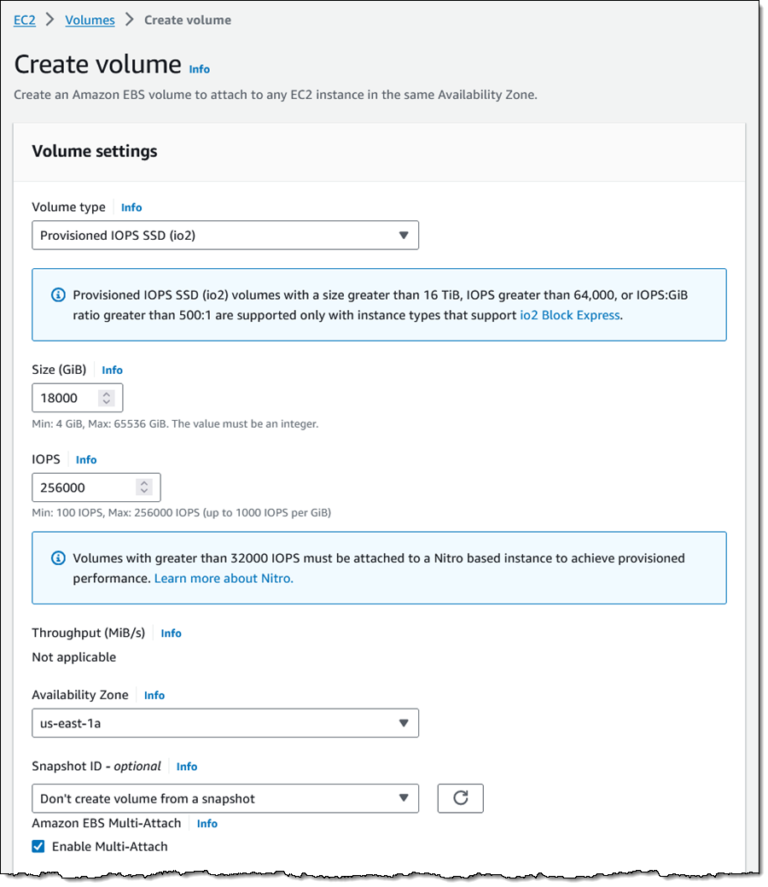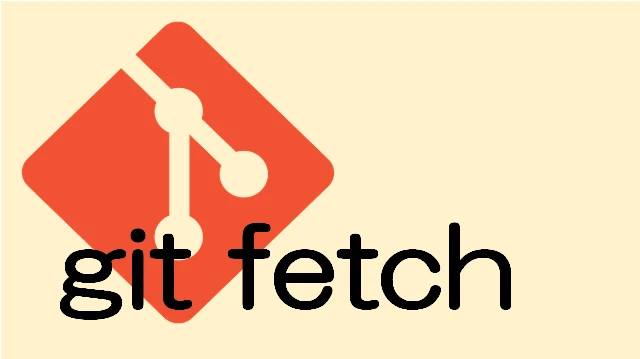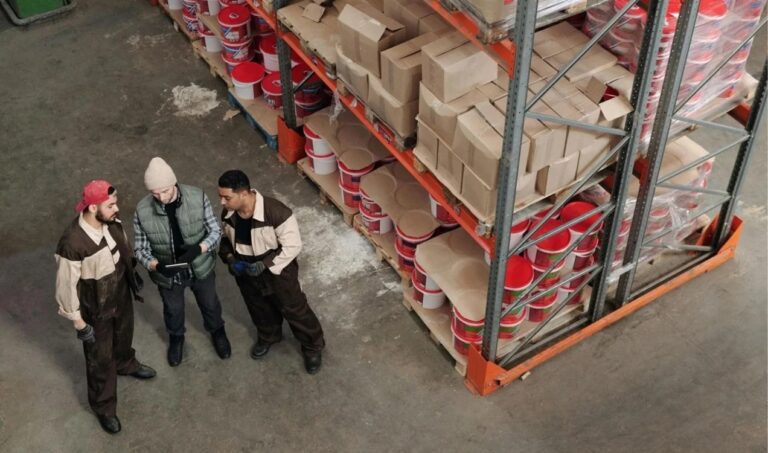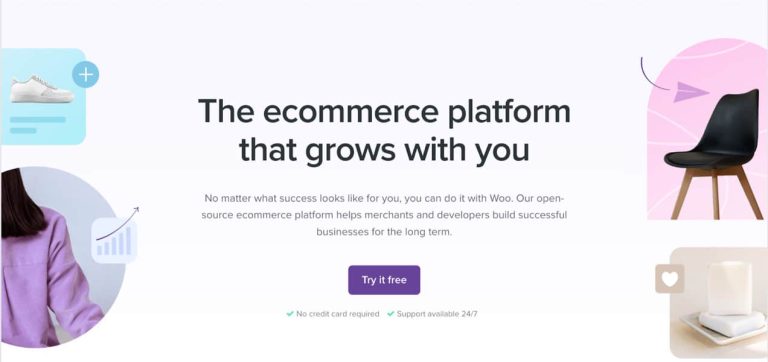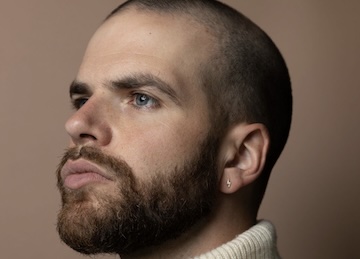
Lukas Tanasiuk once paid a firm to redesign his Shopify site, which sold electric scooters. The result was slow page loads and his efforts to improve them. What he found, he says, was a lot of false claims.
“I discovered corruption among folks who say they are page-speed optimizers,” he told me.
Page-speed optimization became Tanasiuk’s next opportunity. In 2023 he launched The Nice Agency, focusing on Shopify page loads.
He and I recently discussed his journey from merchant to agency owner, slow Shopify sites, and more. The entire audio of our conversation is embedded below. The transcript is edited for clarity and length.
Eric Bandholz: Tell us what you do.
Lukas Tanasiuk: I’ve been a Shopify store owner since 2015. In 2020, I started a click-and-mortar store in Vancouver, Canada, selling personal electric vehicles, such as e-scooters, e-skates, one-wheels, and electric unicycles.
We grew that very quickly. We paid to get our site redesigned, but the download speed was super slow. In my journey to improve the speed, I discovered corruption among folks who say they are page-speed optimizers. I became passionate about it.
I realized few practitioners in the space were doing good work for a fair price. I decided this was my next opportunity. I started The Nice Agency in 2023 and have been scaling ever since, focusing solely on Shopify site speed optimization.
Clients come to us with non-native Shopify sites that are very slow. They have great functionality, but they load poorly. Shopify acts a lot like Apple. If you work within their tight ecosystems, performance is good. But the second you insert external components, performance suffers.
Every app in the Shopify space is third-party code. You can’t edit it. The developer doesn’t want you messing with it. Certain apps render pages on their own servers and then re-render them on your page.
The easy answer is building something natively into Shopify. If the cost isn’t too insane and the project scope isn’t wild, do it. We build directly into the theme. We don’t build apps.
Bandholz: How much would that cost?
Tanasiuk: It depends on the project. We’ve done jobs for $2,000 that add functionality to an existing rebuild.
The killers are the ones that replace entire components. I advise merchants to remove little-used components rather than replace them. Examples are A/B tests and review widgets. If you’re doing under $5 million in online revenue, you probably don’t need A/B testing.
Use common sense. Buy products from your own site. Browse your site. Keep an eye on conversion rates. Don’t be afraid to make changes without being data-driven. You can measure and analyze over time. You don’t need expensive software.
We’re doing optimization now for a client’s main product page. The primary visual asset is a high-end 45-second video describing the product. In Core Web Vitals, it’s the Largest Contentful Paint metric.
The video is the first thing that loads. The client has six conversion optimization apps attached to the product page, plus an A/B testing app. It takes 25 seconds for the page to load completely, which is terrible. The gold standard Shopify page speed is below three seconds.
In my experience, a static image with good copy and a clear call-to-action typically converts more than a video or a carousel. Download a heat map or a tracking tool. Very few visitors watch the video for more than a few seconds or click on multiple images in a carousel. Most look only at the static image. Plus, an optimized image won’t hurt page speed. So you’re losing on both fronts with videos and carousels.
My background, again, is as an ecommerce operator. An operator’s goal should be to improve the customer experience. A quick-loading website is essential. Many apps do the opposite. Unfortunately, many developers are looking for a quick buck and promising a faster site.
Bandholz: Care to name examples?
Tanasiuk: Here’s one from last fall. I posted a video on my page, which I’ve since removed, of a company making false page-speed promises. I partnered with a brilliant developer, Jake Casto, from Proton Agency in New York City. He provided the technical expertise while I offered the non-technical founder’s perspective.
A client had just installed the company’s app and asked my opinion. I went to the company’s site, and the first thing they’re marketing is an instant Shopify performance score of 90 to 95. That’s impossible. It was a huge red flag.
For weeks I asked colleagues and dug deeper. That’s how I met Jake Casto. He was making comments about them being sheisty.
He asked me to collaborate on an expose of these guys. We had multiple calls with the heads at Shopify. Other people at Shopify consulted directly with the Google performance team, who confirmed that everything we had uncovered was true.
So Jake and I created a report, reached out to the company’s CEO, and said, “We’re doing a report on you guys because we found some pretty weird stuff going on. We’ll send the report to you before we go live with it so you can write a response. We’ll add it to ours.”
Within hours, every mention of performance score improvement was wiped off their website. Their founder deleted every single tweet going back years that related anything to a performance score.
The lesson for merchants is this. Watch for red flags when you’re seeking Shopify site speed optimization. Be wary of big promises or overnight fixes for cheap.
Bandholz: Where can people find you?
Tanasiuk: I’m @Igobylukas on X. I’m also on LinkedIn. Our website is TheNiceAgency.co.


